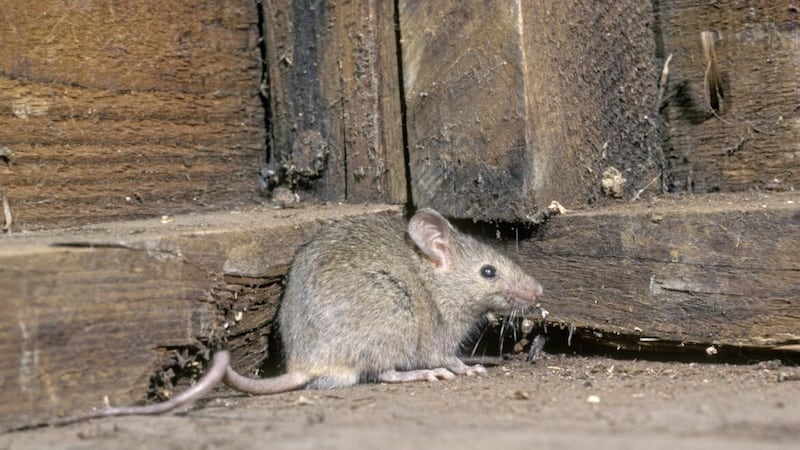NOISY, pre-roost communal crow wanderings, suggestive of some ancient corvid ritual beyond our grasp, occur a little later now as the birds respond to noticeably brighter evenings.
The January mornings, however, stubbornly cling to darkness, reluctant to release dawn's light and embrace the crows again as they wait to erupt and silhouette the sky with raucous gossip and intrigue.
I received a text last week from a friend looking to borrow a 'humane' mouse trap as he suspected he had Mus domesticus for company. His perceptive eye was drawn to some nibbled carpet ends suggesting a mouse may be present.
I was happy to oblige and gave him my simple 'trip-trap' which he set with some biscuit as the lure. After entering to feed on the bait, a trap door is triggered which closes behind the trespasser, catching it alive for safe release later.
This tiny rodent is one of our most abundant and widespread mammals, found in almost all areas and habitats of the world. Believed to have originated in the steppes of Iran and Turkestan in central Asia, the house mouse extended its range from there following human settlements, eventually reaching northwest Europe around 3,000 years ago. Such shifting communities provided constant food sources and shelter.
It's not exactly known when the house mouse first reached Ireland, but it was present in Britain during Roman times and certainly well established here by the 7th century, the travelling monk Gerald of Wales noting in Topographia Hibernica (1187) that mice here were "infinite in number and consuming much more grain than anywhere else as well as eating garments even though they be locked up carefully."
Although there is much variation in fur colour, the house mouse is grey brown above and paler underneath, while its cousin the wood mouse – also widespread in Ireland – is significantly browner on its upper surface and whitish-grey below. Its eyes and ears are also larger than domesticus.
Although the house mouse probably evolved as a seed eater, it broadened its diet considerably as it followed human populations, becoming omnivorous and eating almost anything from invertebrates to food scraps.
Luch thí, which translates directly from Irish as 'house mouse', is mostly nocturnal always moving in search of food or to escape predators. It is an important prey species for birds like the barn owl and kestrel, while also vulnerable to the stoat, fox and domestic cat. Its speed, agility, and general nervousness recall the words from Robbie Burns' poem To a Mouse: "Wee, sleekit, cow'rin, tim'rous beastie, /O, what a panic's in thy breastie!"
While the house mouse is considered and unwanted pest by most, James Fairley, Emeritus Associate Professor of Zoology at NUI Galway tells us in A Basket of Weasels (2001) of Charles Moffat's observation (Irish Naturalists' Journal, 1929), on the house mouse that "in small numbers… its company is often a welcome relief to loneliness."
In the ancient Brehon Laws, the house mouse was referenced as being a major pillager of foodstuffs stored in outhouses and barns, and under the same laws it was illegal to give somebody food that was found with a dead mouse.
A couple of days after receiving my friend's initial text, another followed with the poignant picture of a captured mouse, enclosed nose to tail in the biscuit chamber. Feeling some guilt for helping with its capture, I was assured he or she was released and given safe passage in suitable habitat with good cover and potential food sources nearby.
A long way from its Asian ancestry stretching back all of two million years, I wished it a fair wind.








